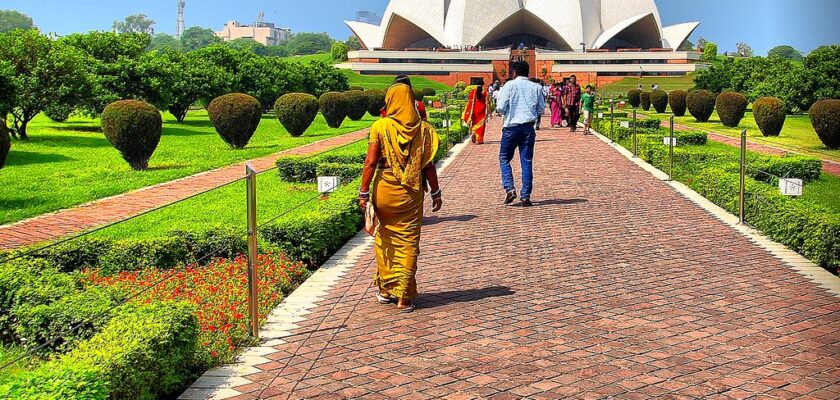Lotus Temple
Lotus Temple is a world famous majestic temple that adorns the capital city of India. It was built not too long ago, in 1986, of white marble in the shape of a lotus flower. The Lotus Temple is accessible to people of different faiths, as the Bahai teachings state that the soul of the temple is where people can turn to god regardless of religious beliefs.
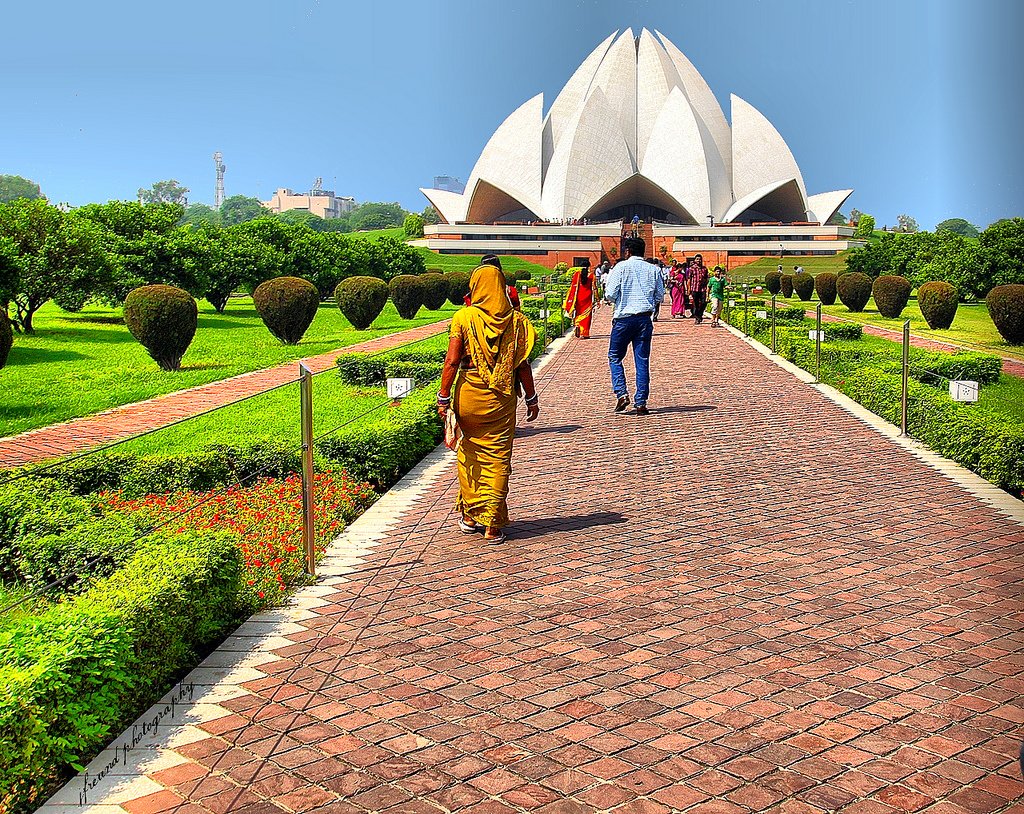
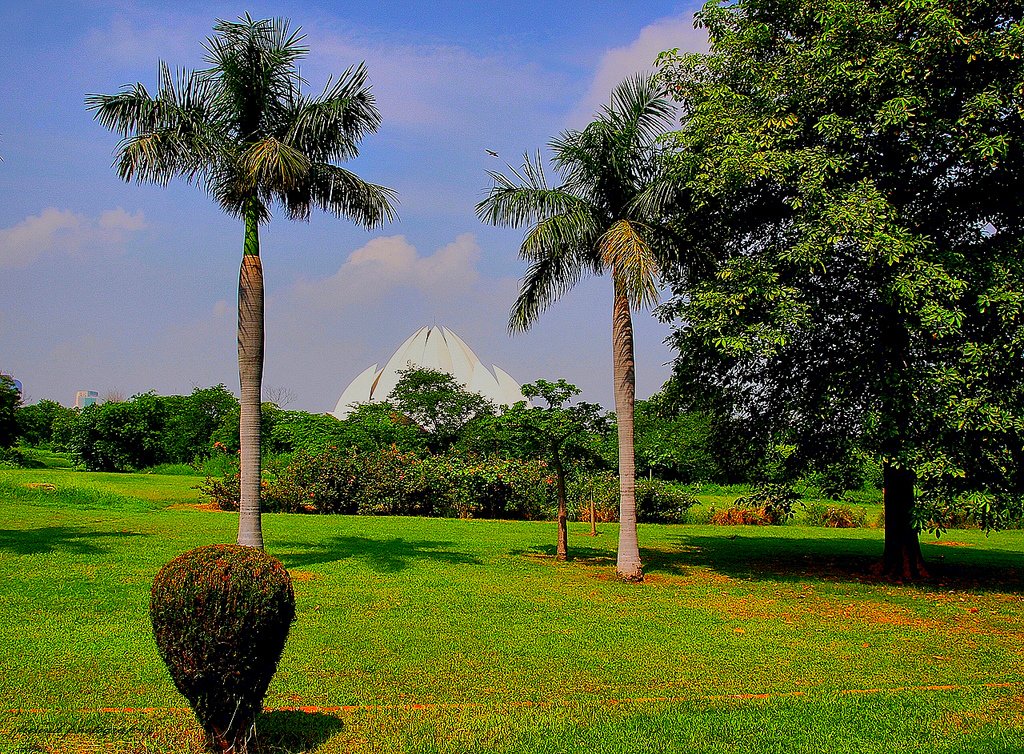
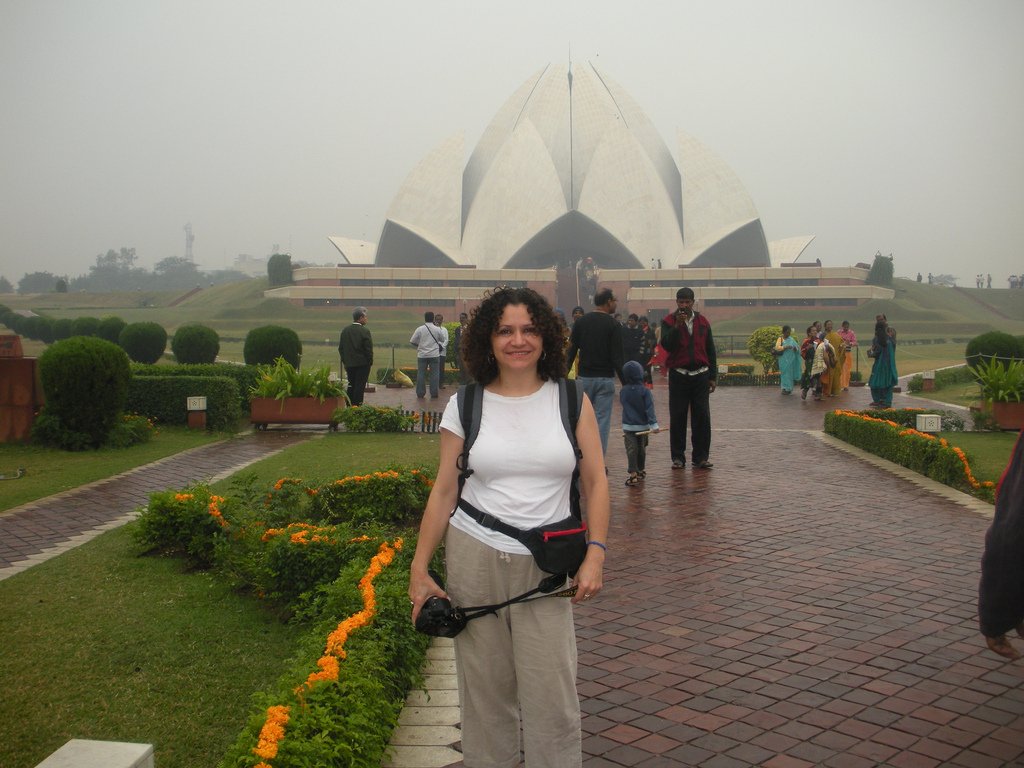
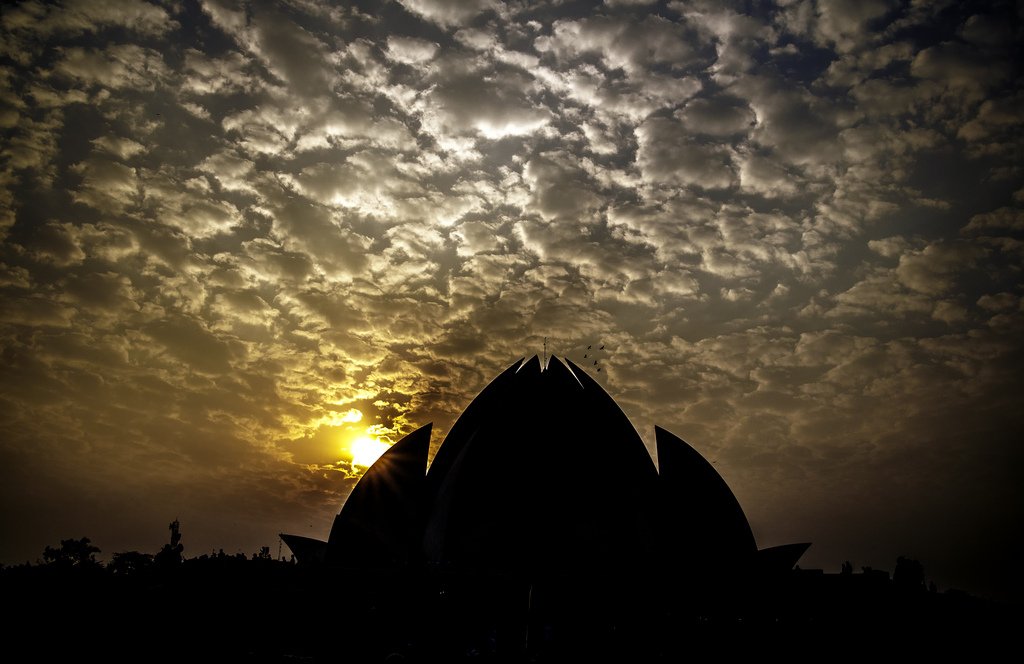
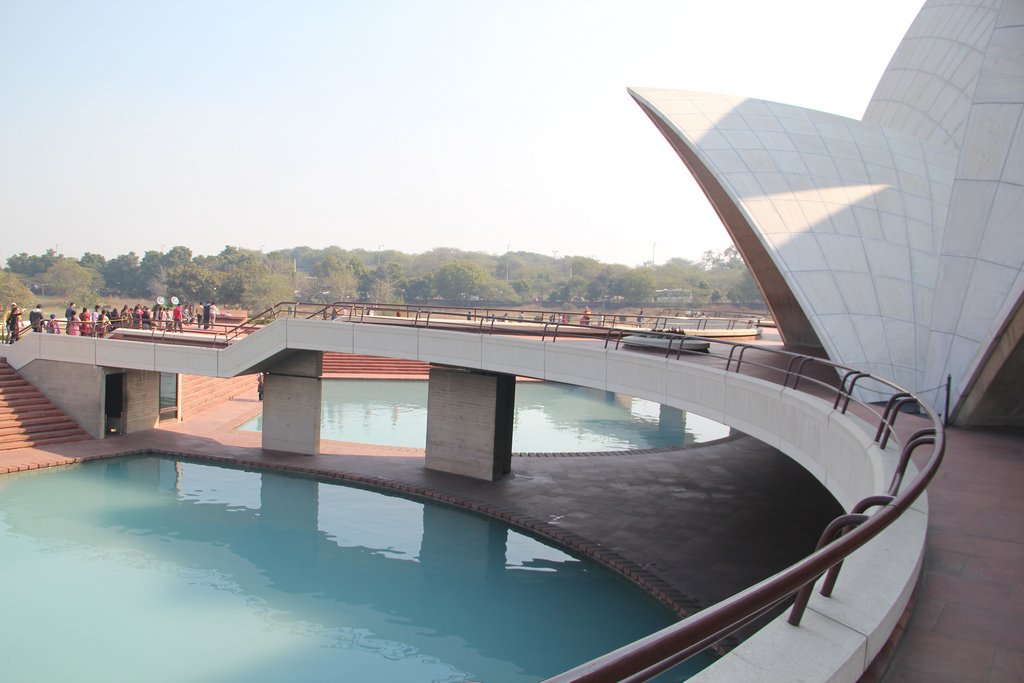
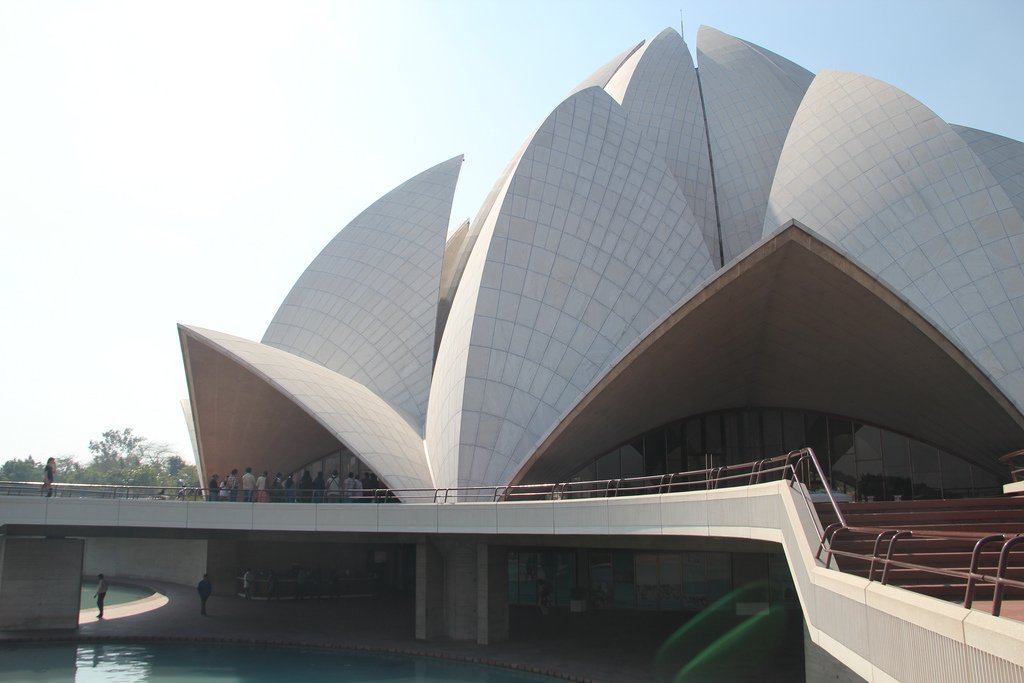
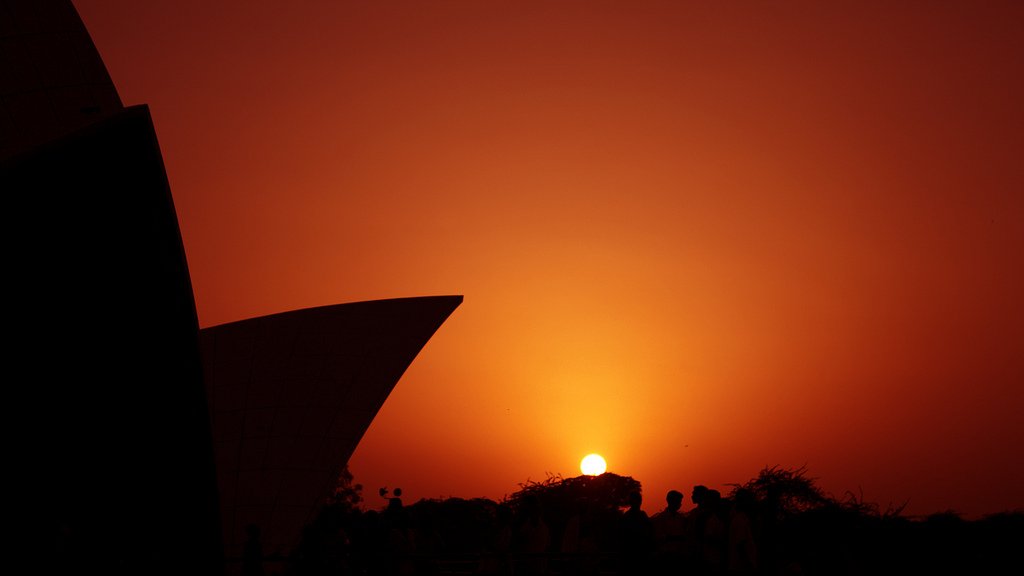
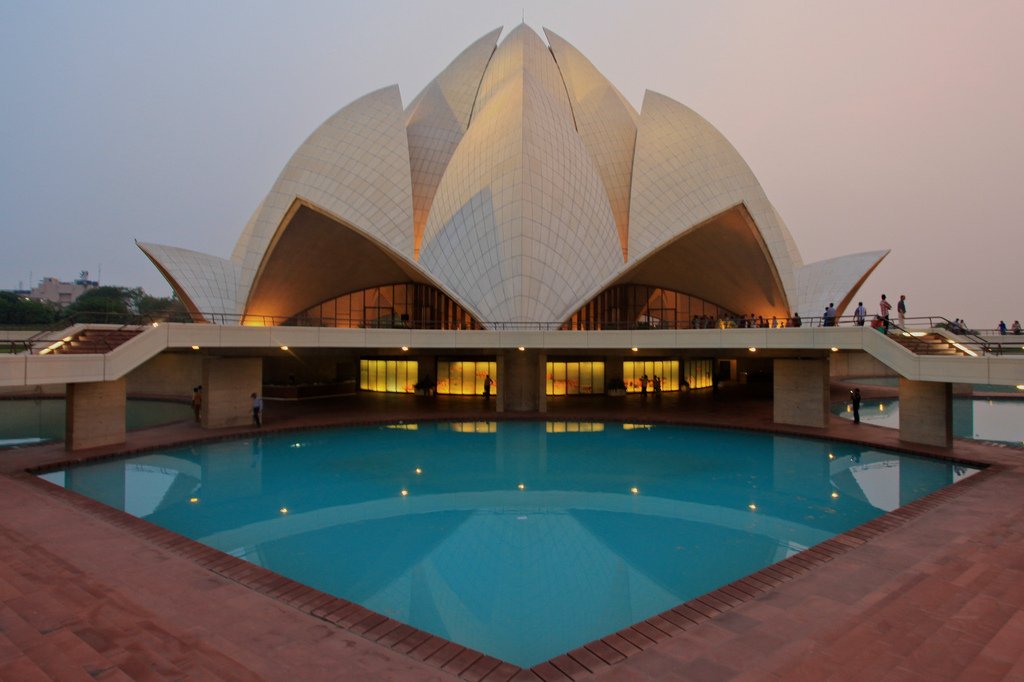
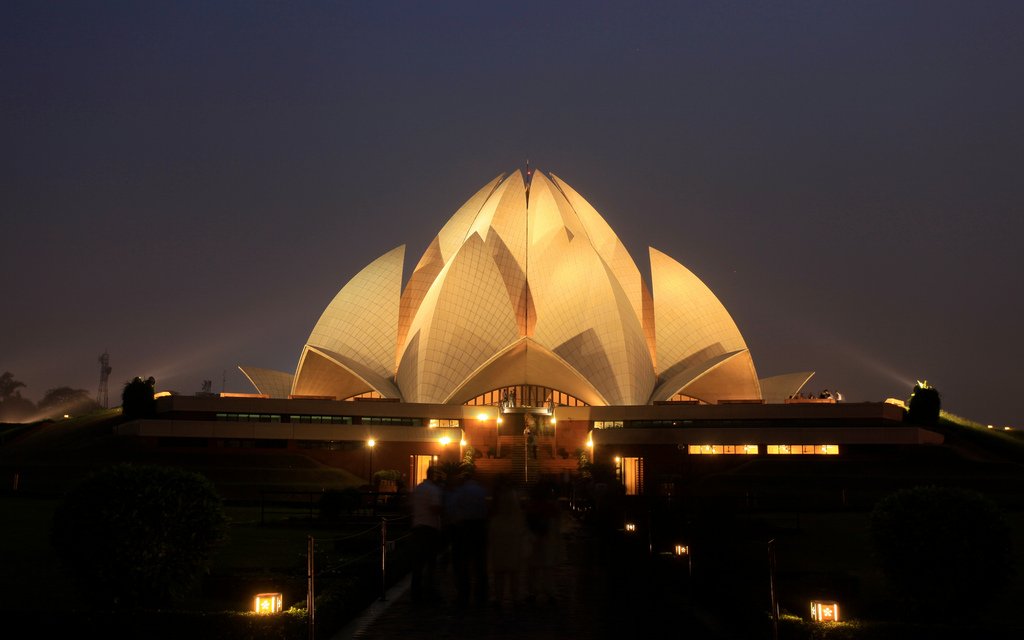
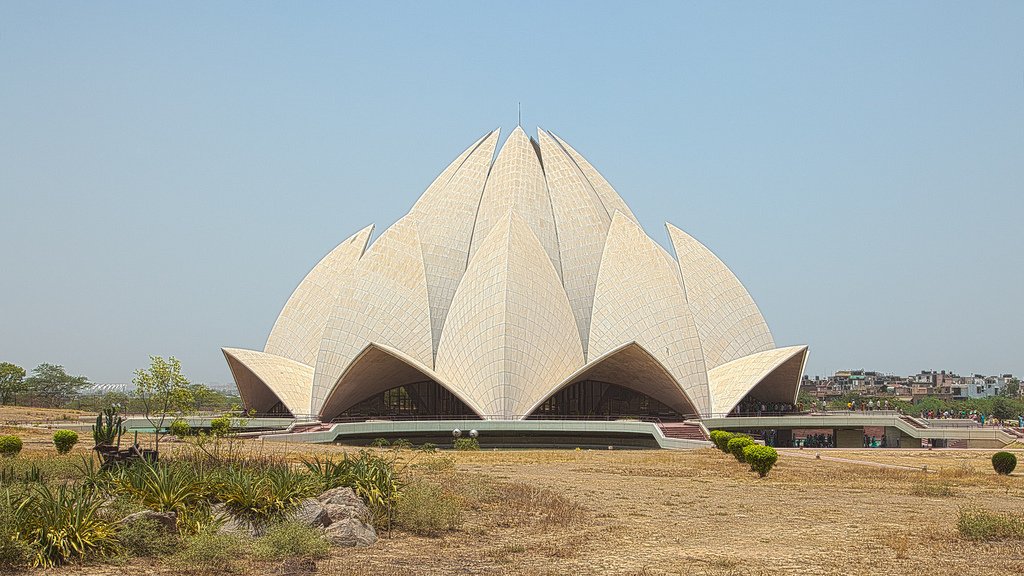
General Information
26444029;9.30-17.30 Tues-Fri;Kalkaji Mandir metro
.This unusual temple resembles the sacred lotus flower and is a paradise for those seeking tranquility. The lotus temple is made up of 27 flawless white marble petals.
Prophecy says that about 500 years ago, the great Shah Akbar of the Mughal dynasty, wished to erect a grand palace that would unite the peoples of India in a single, common faith. The Shah had a dream in which, stone by stone, he was building a beautiful temple open to the breath of heaven, peace, truth and love. In 1921, the young Bahá’í community asked ‘Abdu’l-Bahá for permission to erect a temple in Bombay. Bahá’u’lláh replied that God willing, a temple of worship would be built in one of India’s major cities, Delhi.
.
The Lotus Temple is the seventh significant Bahá’í temple. Many call it the Mother of all houses of worship in Hindustan. It has earned numerous awards in the field of architectural art. The Iranian architect Fariboz Sahba created this magnificent structure. The post of the clergy, for a period of time, is occupied by volunteers and volunteers who take care of the temple and receive the worshippers. A couple of times a day, volunteers organize prayer programs where worshippers offer prayers to their Deities and sing them a cappella.
.
The geometric calculations of the computer design of the temple took almost three years. The concrete Lotus flower is clad in white marble. The inner row of petals is the very vault of the building. The central hall, 75 meters square and 35 meters high, seats 1,300 people. Surrounded by pools, the temple is like a lotus flower lying on the water. The building is equipped with a system of “natural ventilation”, thanks to which warm air escapes from the central hall into the opening of the dome, warming both the water and the foundation. Entry to the temple grounds is free, but shoes must be deposited in the vault. Loud conversations are forbidden, so the hall is quiet and peaceful. Visitors are greeted by a huge golden Bahá’í sign surrounded by rows of chairs where one can rest and pray.
.
Refrain from talking in the temple; photography is prohibited inside.
.